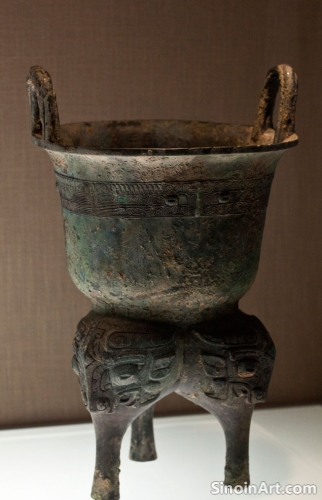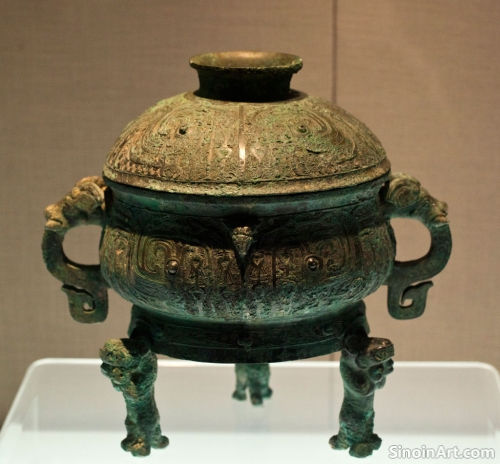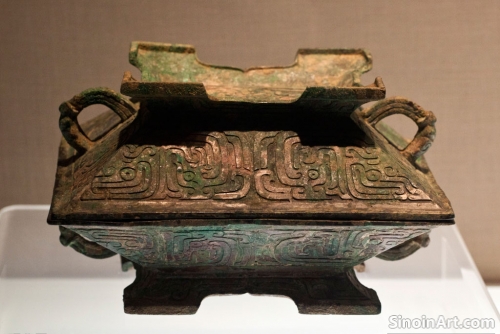Bronze Ware and the Development of Ancient Chinese Cartography: Maps and Measurement
|
While not as directly associated with maps as some other materials, bronze played a role in the development of ancient Chinese cartography, used in the creation of surveying tools, measuring instruments, and devices used to create accurate maps of the land. The use of bronze in these instances highlights the interplay between material science, mathematical understanding, and the techniques used in mapmaking.  Bronze was used to create surveying tools, such as compasses, sighting devices, and measuring rods, which were essential for mapping the terrain accurately and for calculating distances and angles. The use of bronze helped to create instruments that were both durable and accurate, and this allowed for reliable data gathering.  Bronze was also used to create weights and measures that were essential for mapmaking, allowing cartographers to create scale maps, plan routes, and record geographical features with greater precision. The standardization of weights and measures was essential for creating accurate maps and to promote reliable surveying practices.  The precise craftsmanship and durability of bronze made it a suitable material for creating both scientific and practical tools, and to help facilitate the creation of detailed and accurate maps of the Chinese landscape. These maps were used not only for military and political purposes, but also for the purposes of trade, travel, and resource management. The use of bronze in cartography helped to create a better understanding of both the land and the heavens. |
Tag : bronze cartography, ancient maps, Chinese surveying, mapping tools, measurement instruments
Related information
- Bronze Ware and Ancient Chinese Medical Practices: The Use of Instruments in Surgery and Healing
- The Future of Bronze Ware Studies: New Research Methods and Technologies
- The Influence of Bronze Ware on Ancient Chinese Music Theory and Practice
- The Influence of Ancient Chinese Bronze Ware on Later Korean Art and Design
- The Enduring Appeal of Chinese Bronze Ware: Timeless Art and Cultural Legacy
This article explores the use of bronze in ancient Chinese surgical and medical practices, highlighting the creation of scalpels, needles, forceps, and other tools, and revealing the sophistication of ancient Chinese medical techniques.
This article explores the future of Chinese bronze ware studies, highlighting the use of new research methods and technologies, including advanced imaging, 3D modeling, isotopic analysis, and interdisciplinary approaches, which promise to enhance our understanding of these artifacts.
This article explores the influence of bronze ware on ancient Chinese music theory and practice, highlighting the role of bronze instruments like bells and chimes in shaping musical scales, performance styles, and the spiritual aspects of music.
This article explores the influence of ancient Chinese bronze ware on later Korean art and design, highlighting the adaptation of Chinese forms and techniques, the development of unique Korean styles, and the role of cultural exchange in shaping artistic traditions.
This article emphasizes the enduring appeal of Chinese bronze ware, highlighting its timeless beauty, its blend of function and symbolism, its ability to connect us with the ancient world, and the importance of continued study and preservation for future generations.